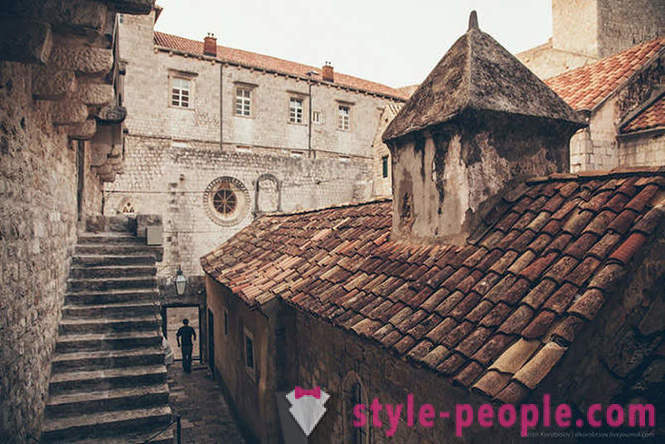Ancient city in Croatia with a bird's-eye view
• The ancient city in Croatia with the bird's flight height of
Dubrovnik - an ancient city with a rich history. Since the Middle Ages the city's prosperity was based on maritime trade, which allowed the Dubrovnik Republic to become the only city-state in the eastern Adriatic, able to compete with Venice.
The historical part of the city is completely surrounded by a fortress wall total length of about two kilometers. Its main advantage is that the city center can be considered literally from all sides with a bird's-eye view.
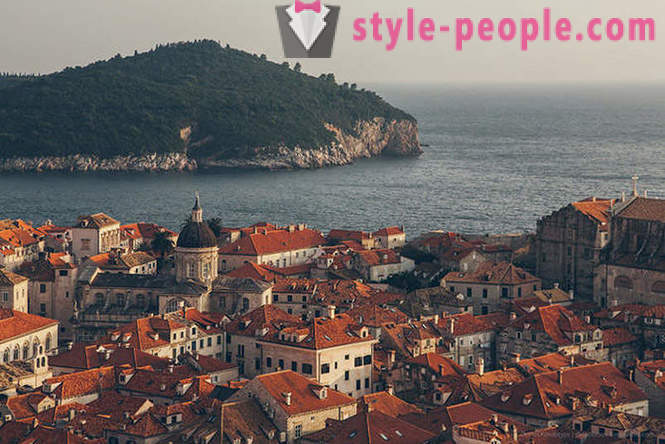
First, some practical information. When you visit there is a sense still expect about two hours - if you take pictures, climb the towers and stop periodically - about what happened. Admission is 90 kuna (ie about 12 euros). Before the trip had read another interesting suggestion - to go through the wall, especially at the end of the day, there is a sense counterclockwise. I understand that when the wall start to close in the evening - just move in the same direction, so that does not interfere with work around a full circle. If you go the other way around, then at some point you can bury in the closed grille.
One of the entrances to the wall. One that is closer to the port:
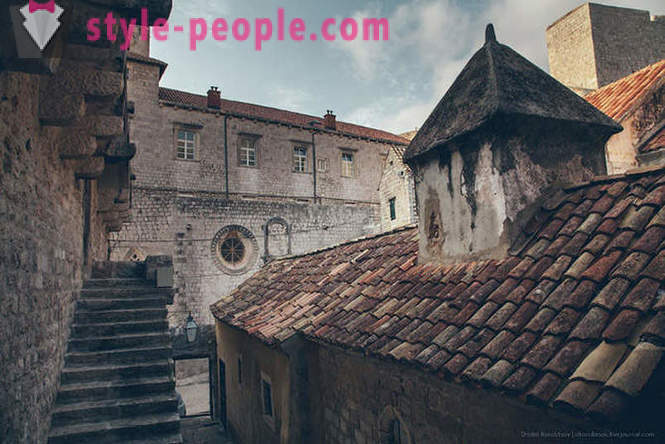
View from the wall of the marina and the coast:
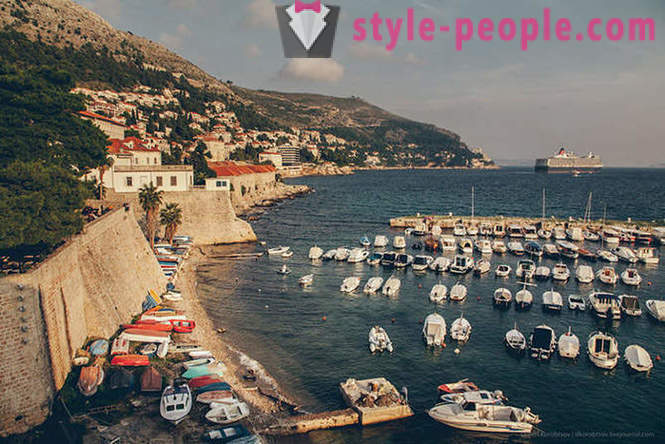
Dubrovnik, after all, a terrific city. No wonder he has long been one of the main competitors of Venice on the Adriatic. All these stone walls, tile roofs, churches - the beauty! By the way, here is clearly visible height of the ramparts - and it is still one of the lowest parts of it.
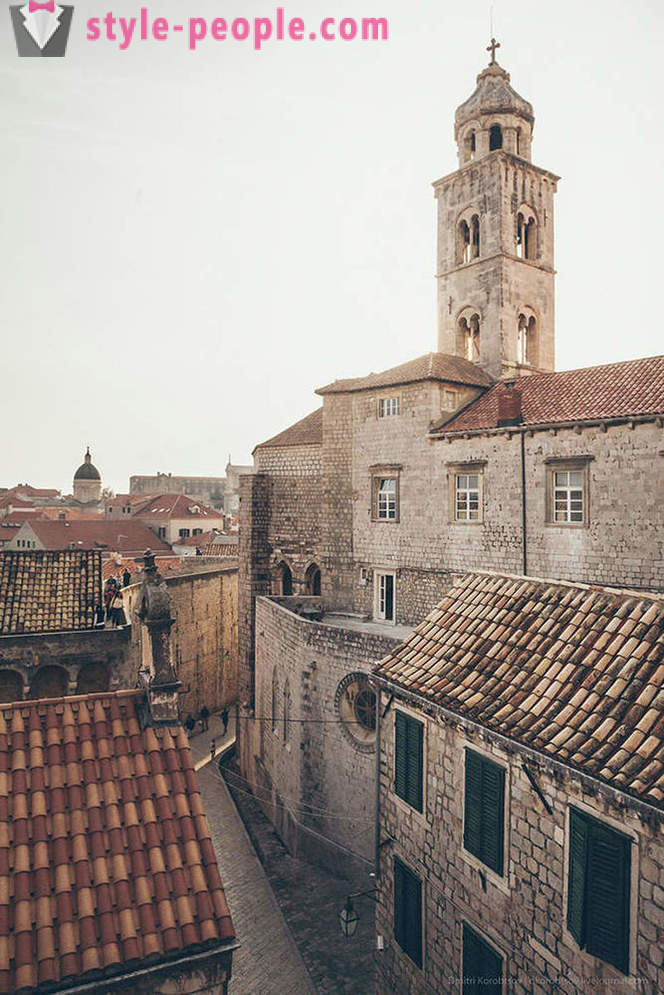
View from above. On the left, behind the church, is the entrance to the wall. Slightly right of center - Marina. On the background can be seen a small cruise liner. Be careful not to cruise ships calling at the port. A sure sign that after a while all the attractions in the city are on all sides caked with tourists:
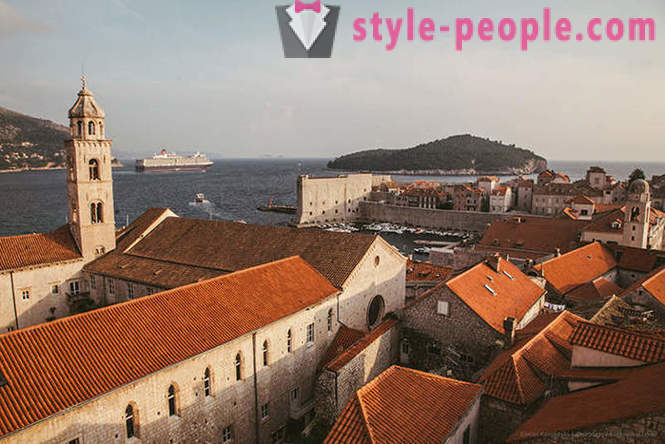
One of the city's streets. By the way, lights hanging over the entrances to the building - one of the business cards of the city. They are all the same shape and the top seem identical, but if you get closer, it will be seen that most of them play the role of signage for local shops and restaurants. In my opinion, a very elegant solution. Signs do not clog up the image of the city, all decorated in the same style and with the clearly visible even at night (especially at night!). In my opinion, Croats in terms of design of urban spaces do have a lot to learn.
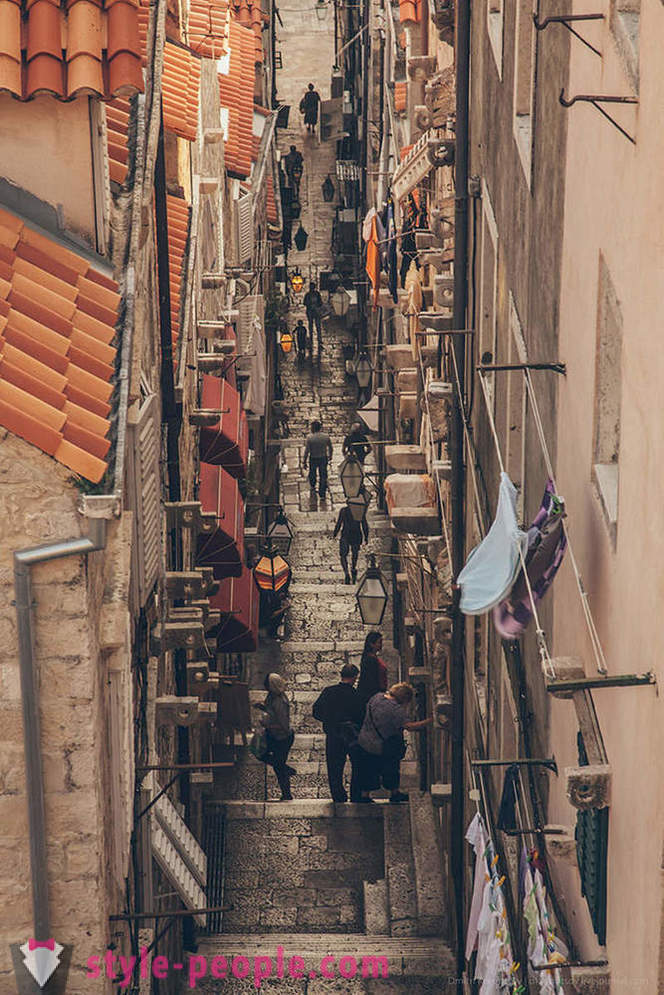
As long as you walk along the wall - offers such a wonderful view of the city. Top, really, it is a bit like Venice, is that without channels:
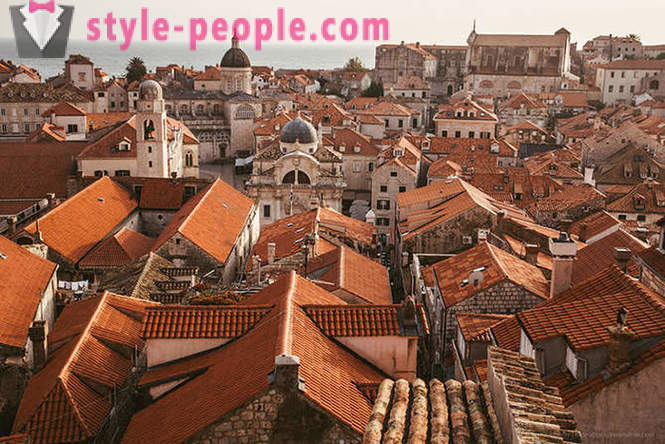
Music urban pipes:
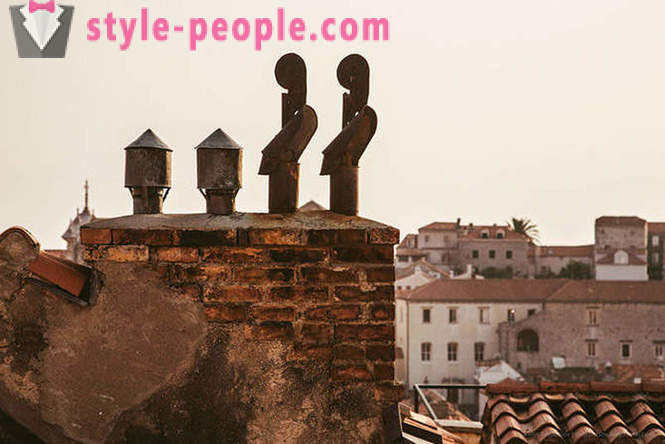
The highest point of the city walls - Tower Minčeta. On top of a beautiful view of Dubrovnik:
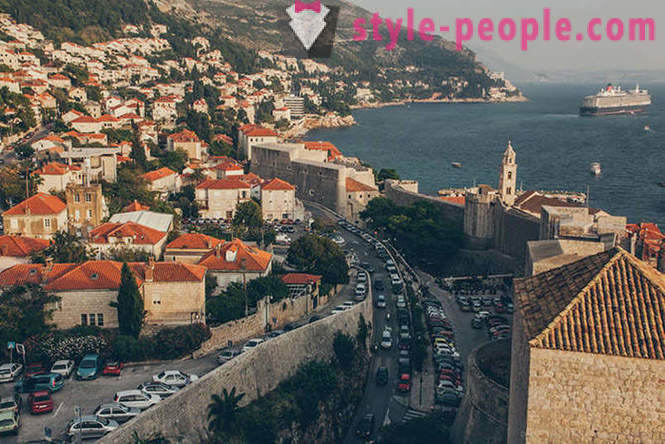
Another view of the old town's rooftops. Above - if only for a cable car ride to the observation:
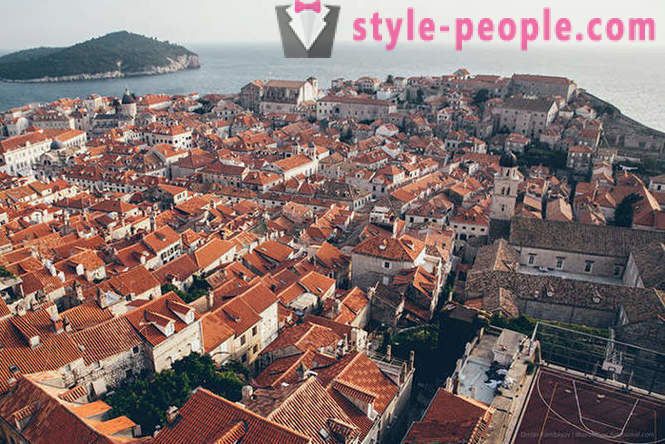
The city ramparts and a little farther on the rock - Fort Lovrijenac:
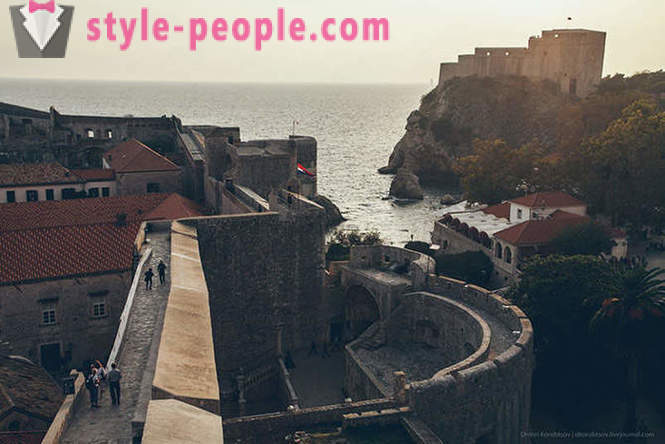
The height of the city walls in some areas up to thirty meters:
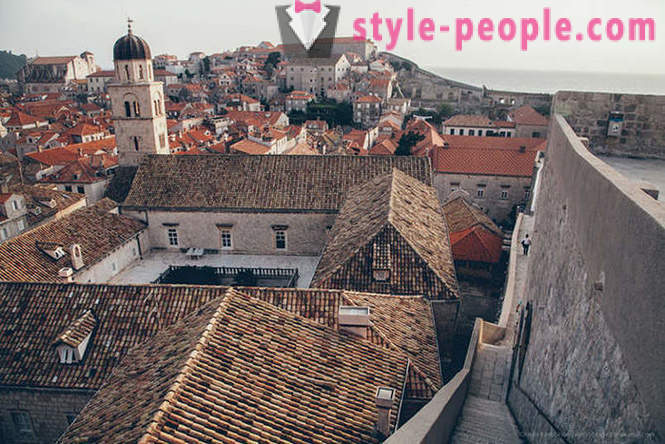
main street - Stradun. The ground floors of buildings - shops, cafes and restaurants. Once there was a flow, which divides the city into two parts, and later it was filled and about in the XV century led Dubrovnik Center to its current form:
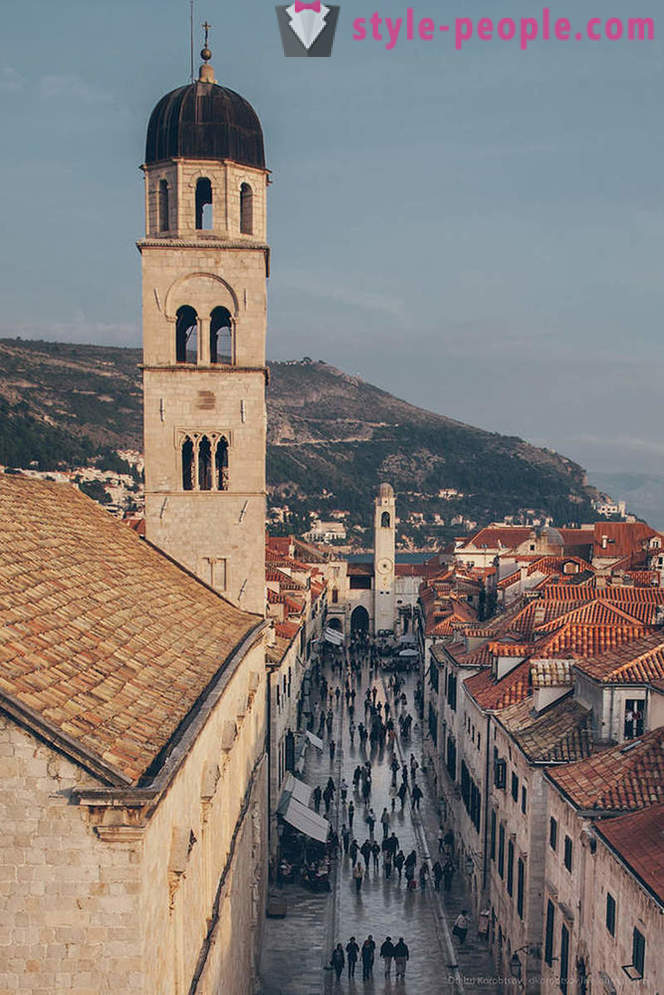
The most famous city fountain - Onofrio's Fountain, the Italians in the XV century, was also built:
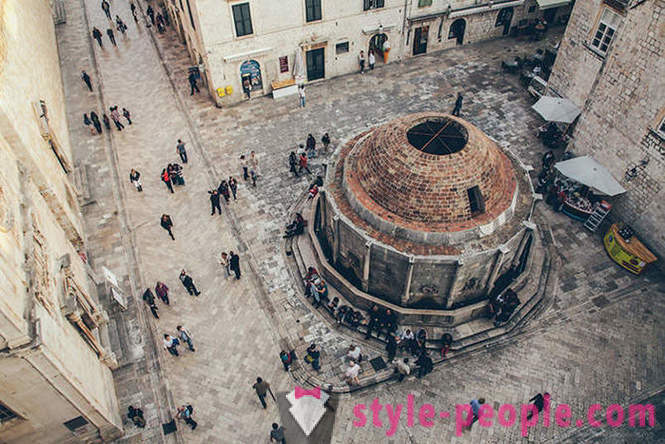
A view of the city through a loophole in one of the bastions:
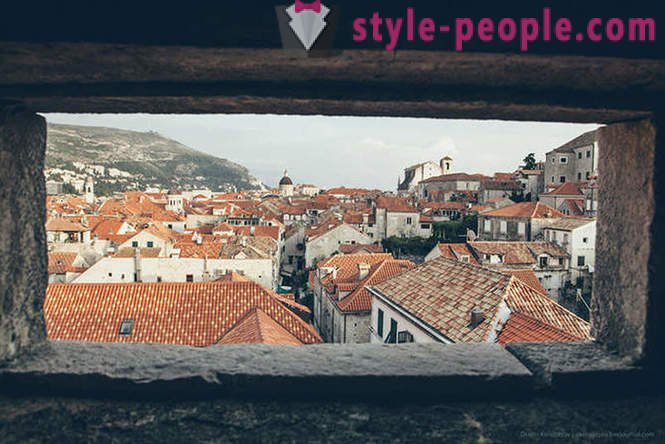
In the early nineties, after the proclamation of Croatia's independence, the town was besieged by the troops of the JNA. Just then resort in Kupari was destroyed, about which we wrote in the article "Abandoned resort in Croatia." During the war, Dubrovnik (including its historical part) repeatedly bombed and shelled. Later, with the assistance of UNESCO, the authorities carried out extensive work on the restoration and restoration. I, in general, is not convinced that this should be just bombing, but some yards in less touristic part of the historical center still remain in ruins.
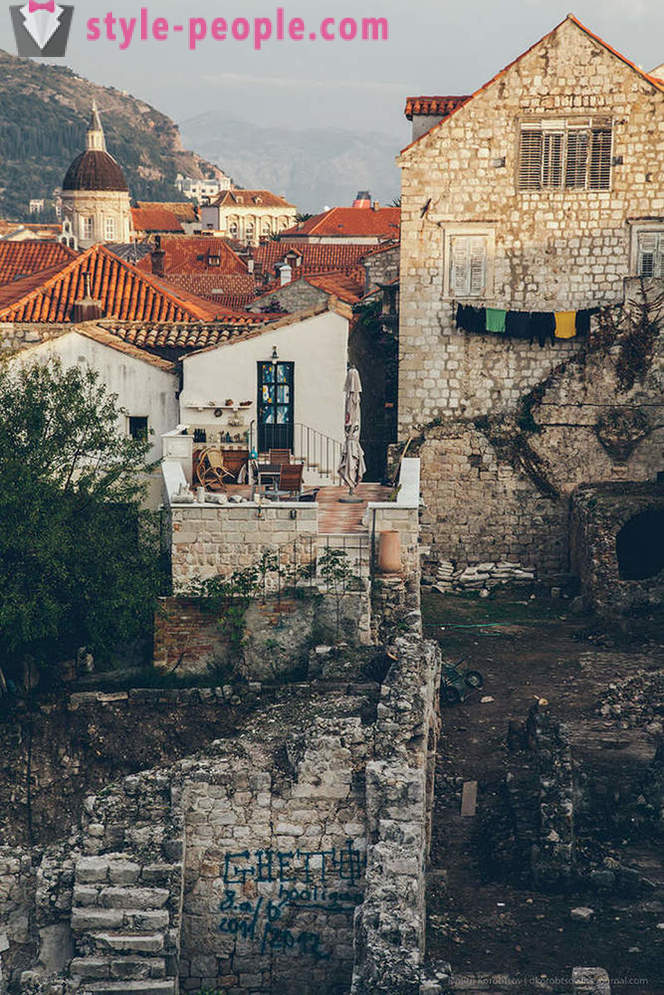
In the bay between the fort and bastions is the oldest port city - Kolorina:
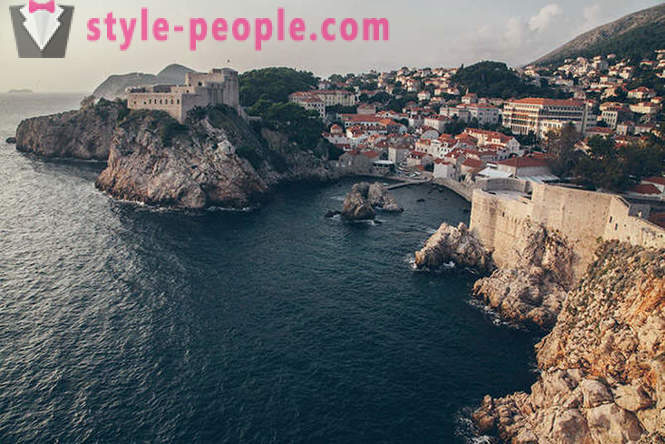
Do not know how the locals to taste this neighborhood but away from the wall to the windows of houses are often two to three meters, not more.
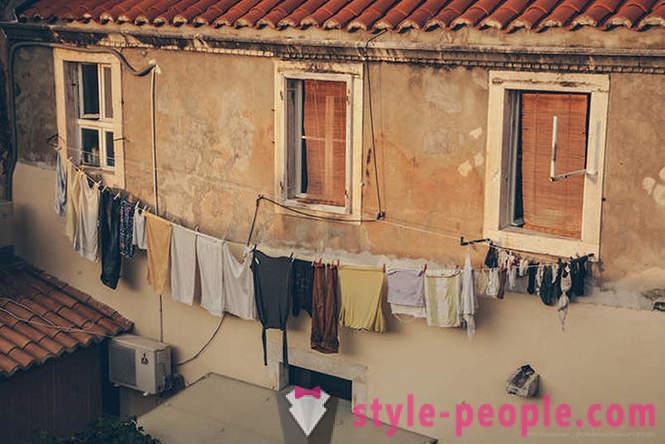
Some of the apartments at all the only way out is on the wall:
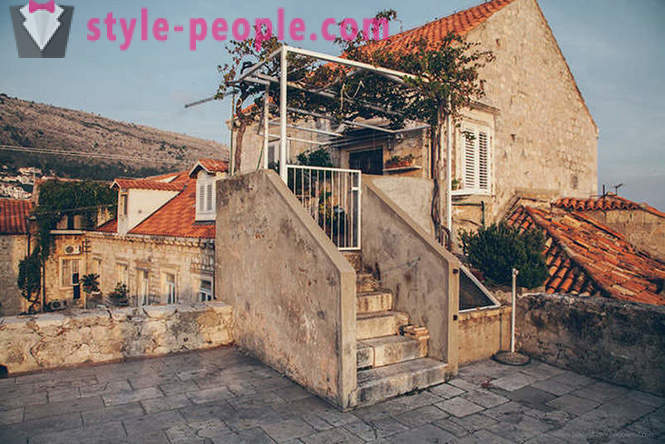
The typical city courtyard - rope with linen, tables of street cafes:
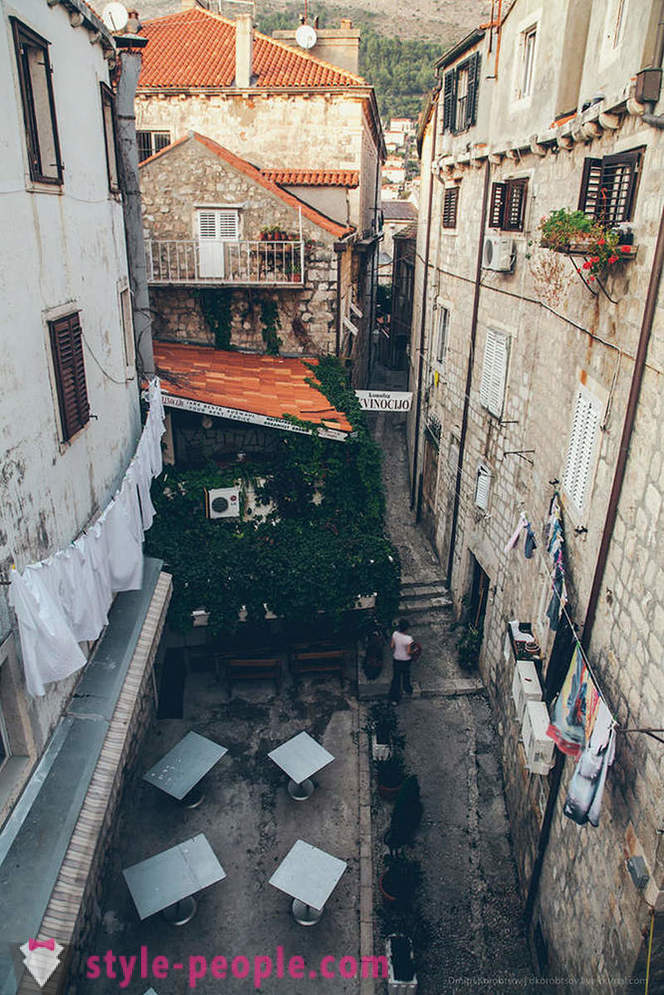
View of the dome of the Basilica from the ramparts:
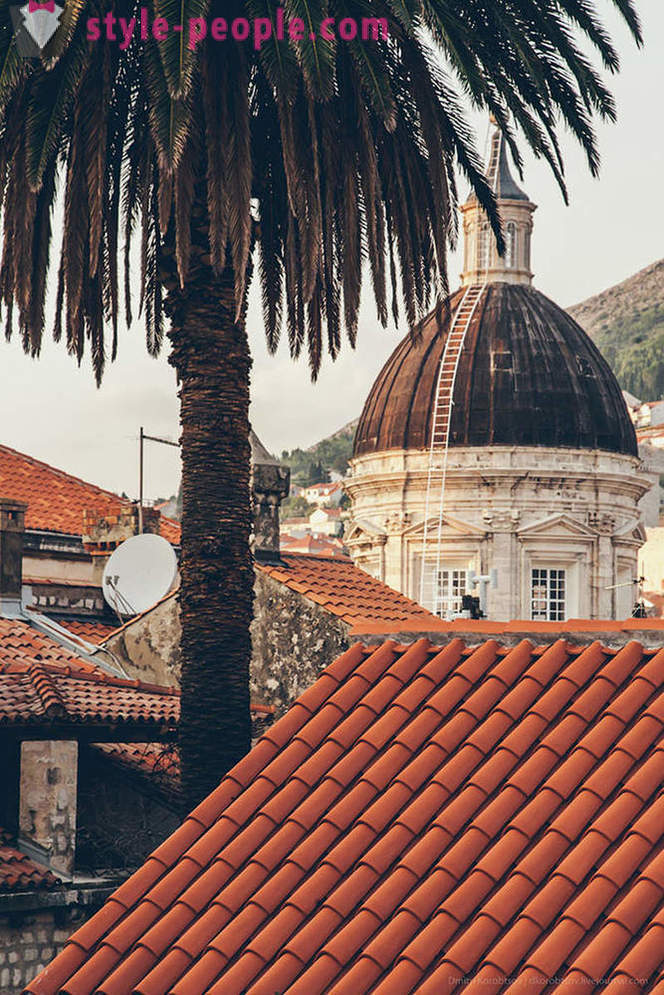
Another ruined land. In general, if you do not climb on the wall, stumble upon the ruins during a walk through the city is practically impossible:
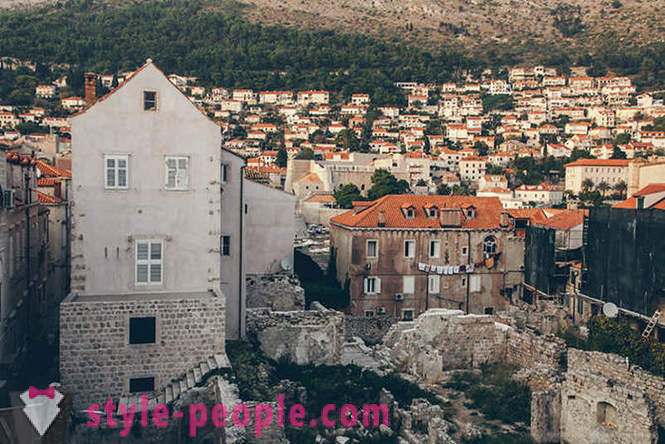
And here is a photo I particularly like. In my opinion, very well illustrates the atmosphere of the city:
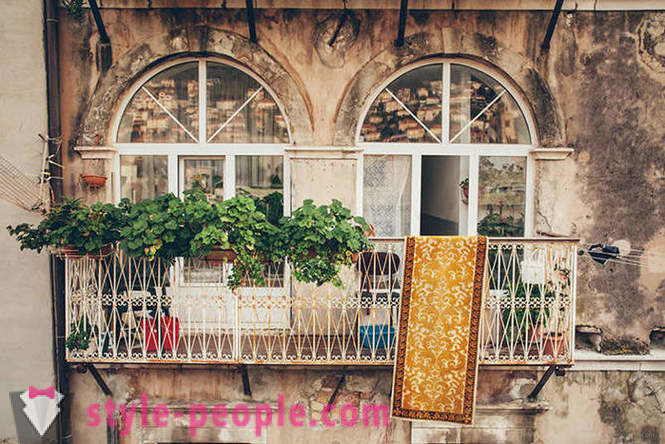
section of the wall near the gate of the city. It seems that we are on the last day.
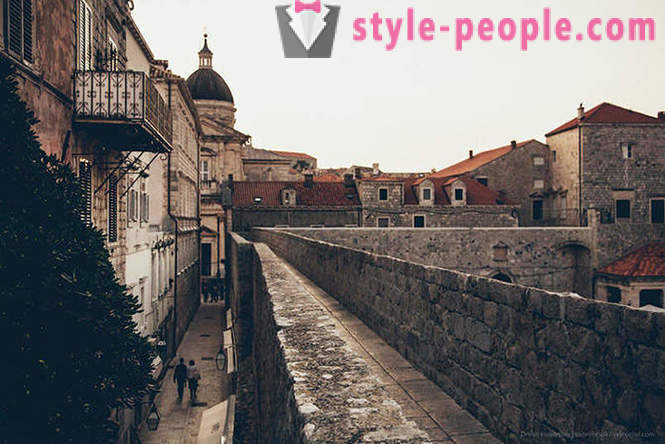
The road leading to the city. Seen from above comes to mind for some reason, the film Kin-Dza-Dza:

Marina Dubrovnik. I still take issue - many yachts and boats parked at a considerable distance from the shore - here as the ones in the left lower row, for example. As they all go?
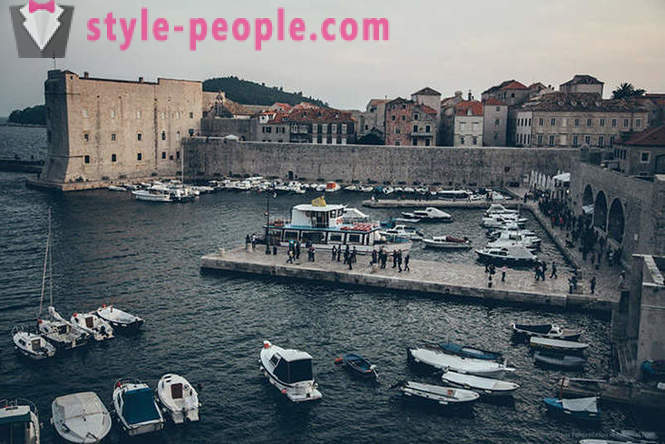
went down off the wall and got out on the street at the last moment - man in the photo is just going to lock the door. I wonder then what about those who did not evacuate before the closure of the attraction?
